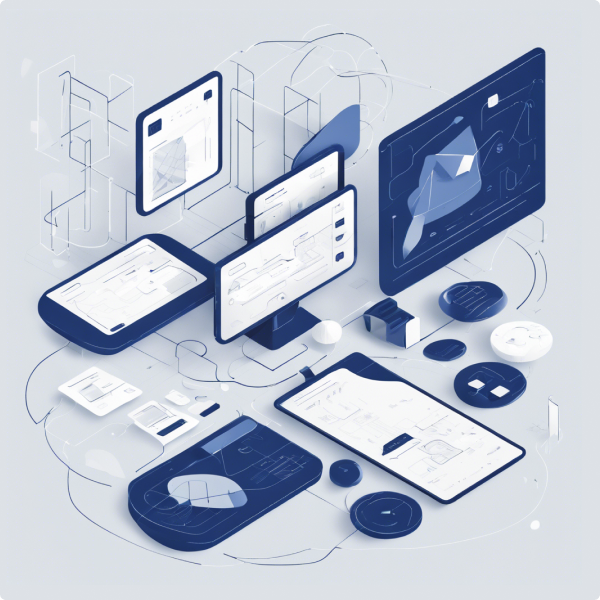Riley Gerszewski


Designers can utilize AI, specifically Large Language Models (LLMs) and Generative AI, beyond creating images, illustrations, or videos. The examples below showcase how I used AI to streamline processes, enhance product quality, and benefit stakeholders.
Component Library Documentation
Legacy Error Message Analysis
Product Design Job Family Framework
SaaS Table Design Meta-Analysis
Working with MUI design components in a React-based development environment, I leveraged both LLMs and Generative AI to generate structured guidelines for each component, aligning them with our specific business needs. The model provided a high-level overview of the component’s function, five best practices (Do’s and Don’ts) for its use, and suggested possible alternatives—while reflecting the complexity of our enterprise use cases.
Outcome
Context-aware examples tailored to our platform and industry.
Cross-functional teams gained a shared vocabulary and understanding of design decisions.
Ensured a consistent approach to UI component usage.
Enabled more effective collaboration between design, development, and product teams.
⚡ How I used Generative AI to speed up design system creation—read now on Medium!
I used a LLM to extract dialog messages embedded in a desktop application codebase, analyze clarity, and recommend improvements. Additionally, the model suggested appropriate UI components and categorized messages by severity.
Outcome
Identified and extracted over 300 error messages hidden in the code.
Delivered structured recommendations to enhance the most critical errors.
The project team accelerated the process of refining error messages, completing in days not weeks.
🍾 How I used Generative AI to analyze dialog messages - read now on Medium!
To support career growth within our Product Design team, I utilized an LLM to create a structured job family framework. The model helped define skill progression, aligning with both company HR policies and broader industry standards.
Outcome
HR teams gained a clearer understanding of UX career paths.
Designers received well-defined career progression guidelines.
Leadership could communicate growth opportunities effectively.
Established a structured, scalable UX job framework.
💡 I used ChatGPT to rethink job families in DesignOps—more insights on Medium!
I gathered best practices for data table design from the past 15 years and used Generative AI to analyze recurring themes and emerging trends. This meta-analysis informed our approach to designing complex data grids within our SaaS platform.
Outcome
The end-users benefited from a more intuitive and efficient data presentation.
The design team, gained insights into modern, best-practice table design methodologies.
Developed complex table designs aligned with industry best practices.
Reduced cognitive load and improved usability for data-heavy workflows.
🚀 I analyzed 26 expert articles on SaaS data table design—read my full breakdown on Medium!
By leveraging LLMs and Generative AI in these diverse applications, I was able to drive efficiency, improve collaboration, and enhance product quality. These AI-driven initiatives not only streamlined workflows but also empowered various teams, ensuring design decisions were well-informed and impactful.